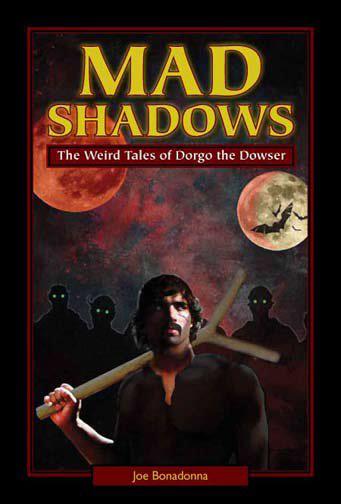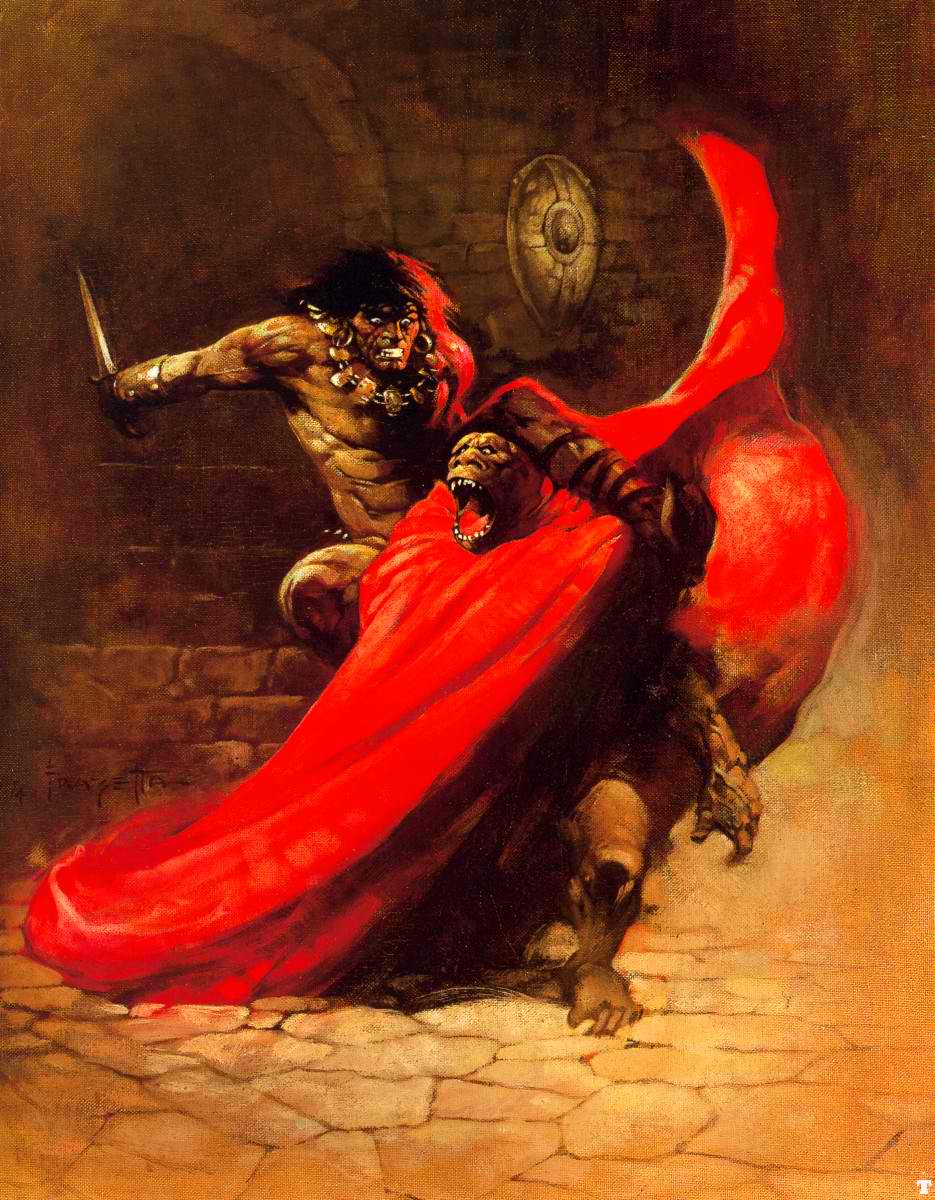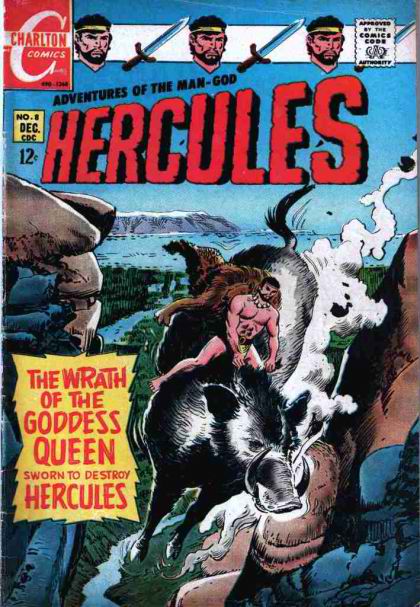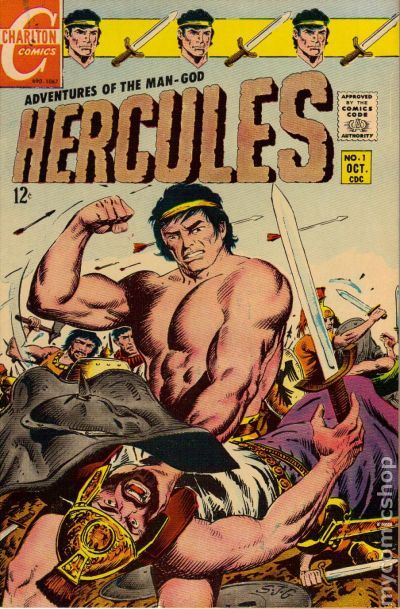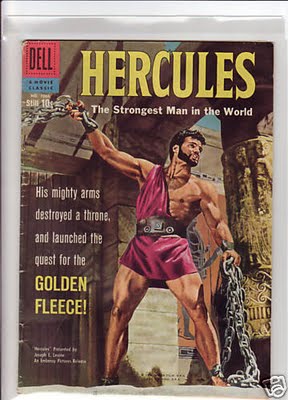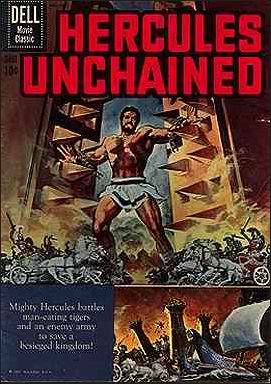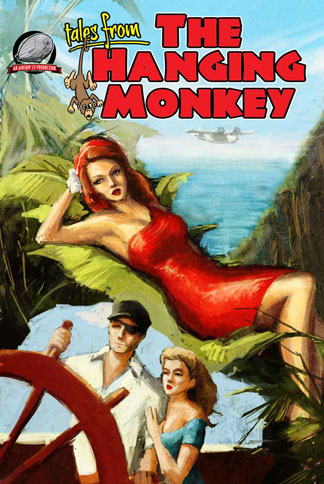 Tales of the Gold Monkey only lasted one season in the early 1980s, but the series has developed a steady cult following in the years since its brief network run. Dismissed as nothing more than an inferior small screen knockoff of the contemporaneous Raiders of the Lost Ark, the series has finally started to earn the recognition denied it at the time. While it took a Hollywood blockbuster to convince network executives to green-light the series, the proposal had been around since the 1970s and the show was conceived, like Raiders, in homage to the serials and classic adventure stories of the past.
Tales of the Gold Monkey only lasted one season in the early 1980s, but the series has developed a steady cult following in the years since its brief network run. Dismissed as nothing more than an inferior small screen knockoff of the contemporaneous Raiders of the Lost Ark, the series has finally started to earn the recognition denied it at the time. While it took a Hollywood blockbuster to convince network executives to green-light the series, the proposal had been around since the 1970s and the show was conceived, like Raiders, in homage to the serials and classic adventure stories of the past.
As much as Republic Pictures cliffhangers were an inspiration and the tall shadow cast by Humphrey Bogart in the classic Treasure of the Sierra Madre undeniably fell upon both properties, the longstanding tradition of South Seas adventures from James Michener’s Tales of the South Pacific to the fondly-remembered Adventures in Paradise series from the Golden Age of Television left an even more indelible mark on Tales of the Gold Monkey.
The concept of a bar in an exotic location which serves as a literal and moral crossroads for travelers, expatriates, and fugitives had its roots in Casablanca and Old Time Radio’s nearly forgotten Rocky Jordan series. Tales of the Gold Monkey’s pedigree and neo-pulp credentials establish it as far more than just another Indiana Jones clone as the short-sighted and uninformed wags of the day insisted.
Similarly 30 years later, the newly published South Seas adventures anthology, Tales from the Hanging Monkey is more than just an imitation of the 1980s cult series whose title it recalls.
The exotic South Seas bar serving as the nexus for the adventures of strangers whose paths would never otherwise cross is present here as much as it was in numerous Golden Age scripts, but Bill Craig has created something enchanting that is at once familiar and pleasingly fresh. The delights of New Pulp works such as this one are similar to discovering an OTR series you’ve never heard of and wondering why it isn’t better known.
…
Read More Read More
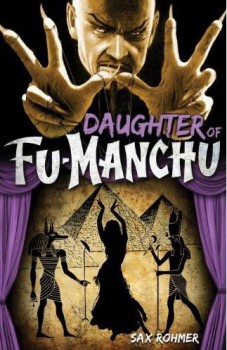
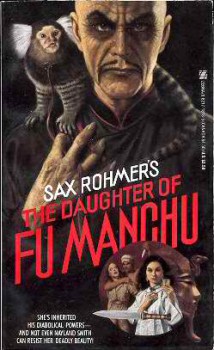 Sax Rohmer’s Daughter of Fu Manchu was originally serialized as Fu Manchu’s Daughter in twelve weekly installments of Collier’s from March 8 to May 24, 1930. It was published in book form the following year by Cassell in the UK and Doubleday in the US. Rohmer divides the novel into four sections, comprising three chapters each. This week, we examine the fourth and final installment.
Sax Rohmer’s Daughter of Fu Manchu was originally serialized as Fu Manchu’s Daughter in twelve weekly installments of Collier’s from March 8 to May 24, 1930. It was published in book form the following year by Cassell in the UK and Doubleday in the US. Rohmer divides the novel into four sections, comprising three chapters each. This week, we examine the fourth and final installment.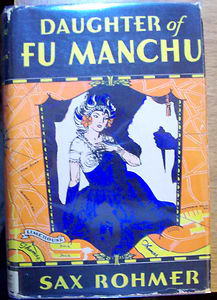
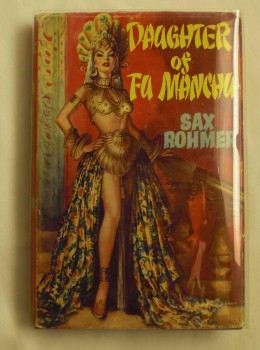
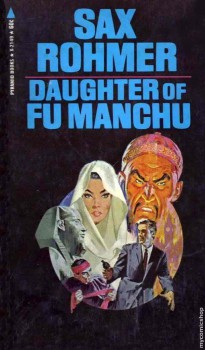
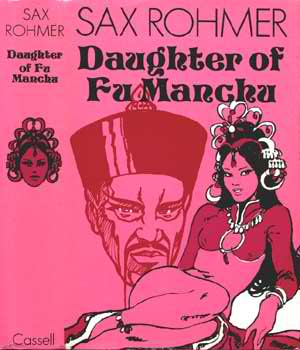
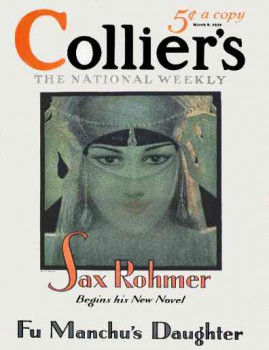
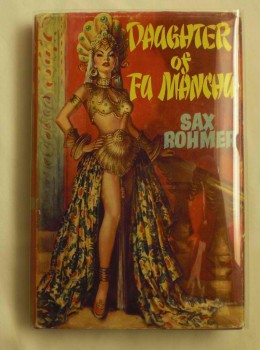
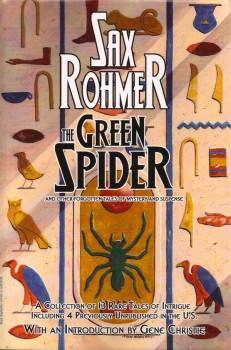
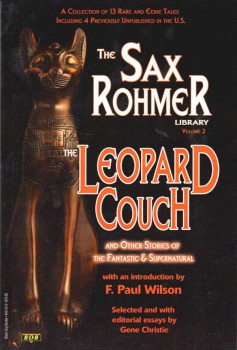
 Tales of the Gold Monkey only lasted one season in the early 1980s, but the series has developed a steady cult following in the years since its brief network run. Dismissed as nothing more than an inferior small screen knockoff of the contemporaneous Raiders of the Lost Ark, the series has finally started to earn the recognition denied it at the time. While it took a Hollywood blockbuster to convince network executives to green-light the series, the proposal had been around since the 1970s and the show was conceived, like Raiders, in homage to the serials and classic adventure stories of the past.
Tales of the Gold Monkey only lasted one season in the early 1980s, but the series has developed a steady cult following in the years since its brief network run. Dismissed as nothing more than an inferior small screen knockoff of the contemporaneous Raiders of the Lost Ark, the series has finally started to earn the recognition denied it at the time. While it took a Hollywood blockbuster to convince network executives to green-light the series, the proposal had been around since the 1970s and the show was conceived, like Raiders, in homage to the serials and classic adventure stories of the past.